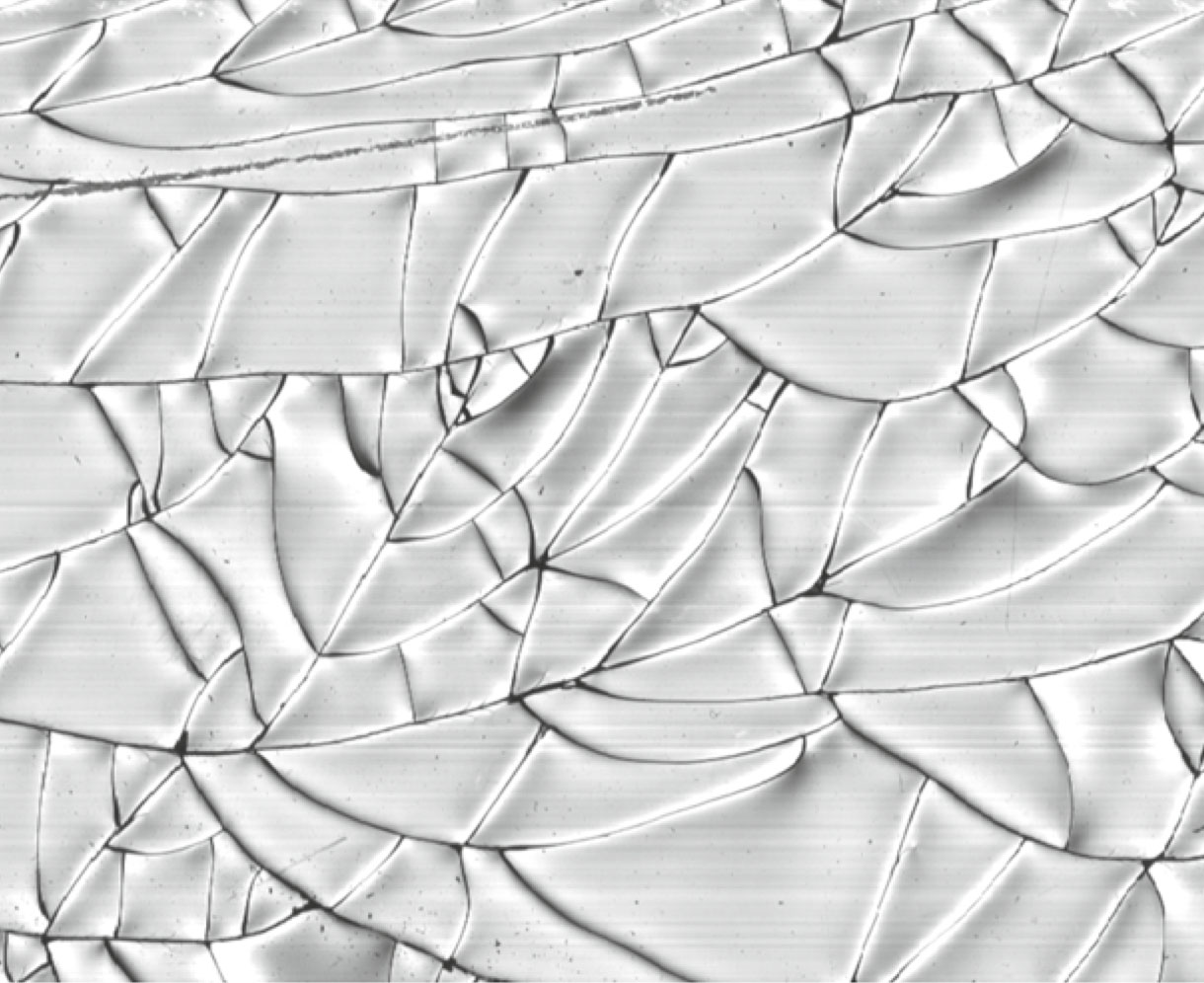GS&E journal > Artificial Intelligence for Structural Glass Engineering Applications - Overview, Case Studies and Future Potentials
Downloads

Abstract
'Big data' and the use of 'Artificial Intelligence' (AI) is currently advancing due to the increasing and even cheaper data collection and processing capabilities. Social and economical change is predicted by numerous company leaders, politicians and researchers. Machine and Deep Learning (ML/DL) are sub-types of AI, which are gaining high interest within the community of data scientists and engineers worldwide. Obviously, this global trend does not stop at structural glass engineering, so that, the first part of the present paper is concerned with introducing the basic theoretical frame of AI and its sub-classes of ML and DL while the specific needs and requirements for the application in a structural engineering context are highlighted. Then this paper explores potential applications of AI for different subjects within the design, verification and monitoring of façades and glass structures. Finally, the current status of research as well as successfully conducted industry projects by the authors are presented. The discussion of specific problems ranges from supervised ML in case of the material parameter identification of polymeric interlayers used in laminated glass or the prediction of cut-edge strength based on the process parameters of a glass cutting machine and prediction of fracture patterns of tempered glass to the application of computer vision DL methods to image classification of the Pummel test and the use of semantic segmentation for the detection of cracks at the cut edge of glass. In the summary and conclusion section, the main findings for the applicability and impact of AI for the presented structural glass research and industry problems are compiled. It
can be seen that in many cases AI, data, software and computing resources are already available today to successfully implement AI projects in the glass industry, which is demonstrated by the many current examples mentioned. Future research
directories however will need to concentrate on how to introduce further glass-specific theoretical and human expert knowledge in the AI training process on the one hand and on the other hand more pronunciation has to be laid on the thorough digitization of workflows associated with the structural glass problem at hand in order to foster the further use of AI within this domain in both research and industry.
Published
Issue
Section
Projects & Case studies
Keywords:
Artificial Intelligence, AI4BI, Façades, Design, Computation and Monitoring, Structural Glass EngineeringLicense
Copyright (c) 2020 Michael Anton Kraus, Michael Drass

This work is licensed under a Creative Commons Attribution 4.0 International License.



